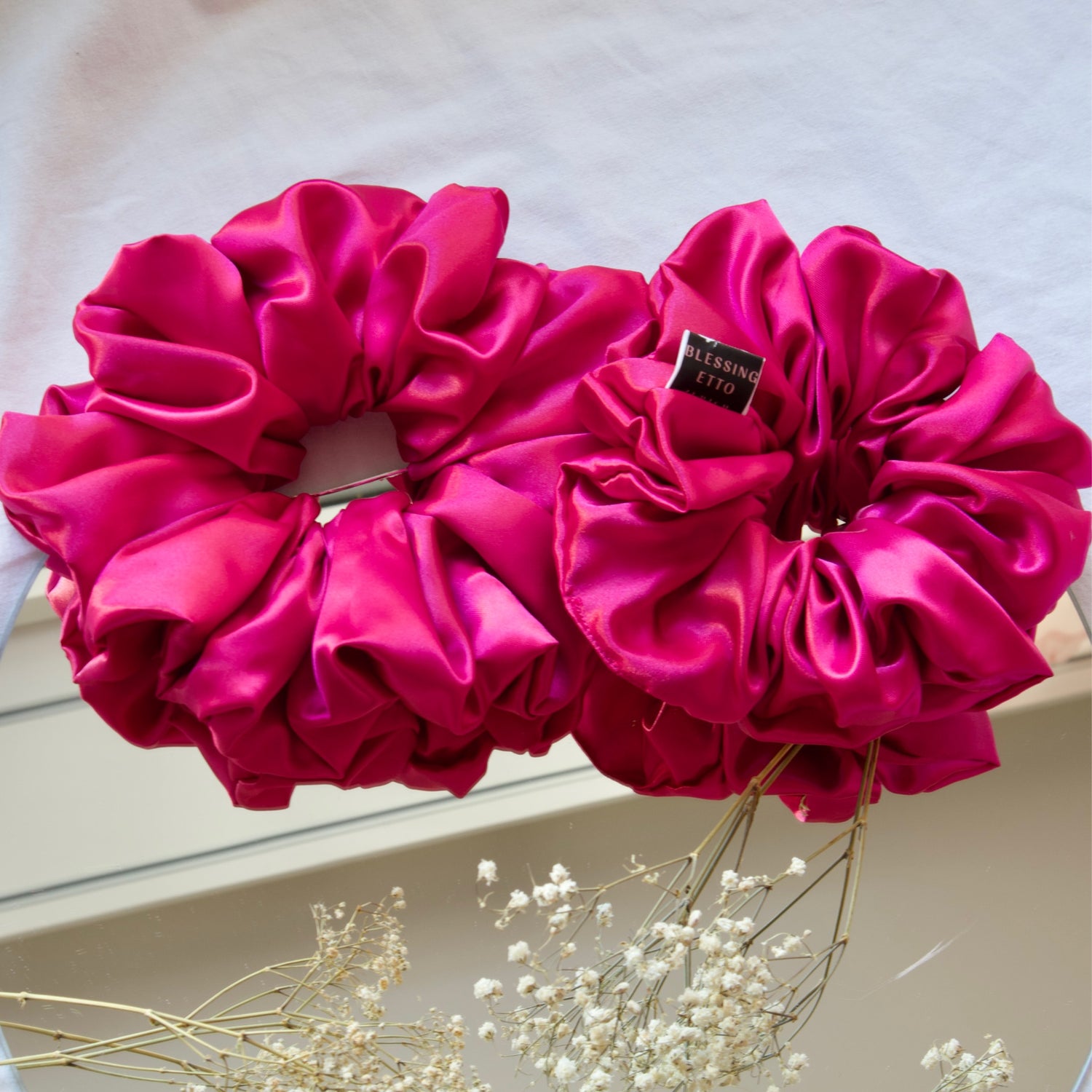
SATIN
Satin is more than just a soft, shiny fabric often used for fancy dresses. The word Satin refers to the weave, not the textile. A satin weave can comprise many types of fabric and most fabric characterized as satin has a soft, shiny finish that can be seen anywhere from evening bags to upholstery and to more Fashion accessories. The weave originated in the Chinese city of Quanzhou, which was called Zaitun in medieval Arabic, hence the name which is satin today. Satin fibres were woven exclusively with large quantities of silk of fine cotton yarns that creates a shiny right side that feels soft and very luxurious and is perfect for retaining moisture thereby keeping your hair strong, healthy and split end free! Satin is our (Scrunchie n More) main accessories fabric and is one of our favourite to work with.
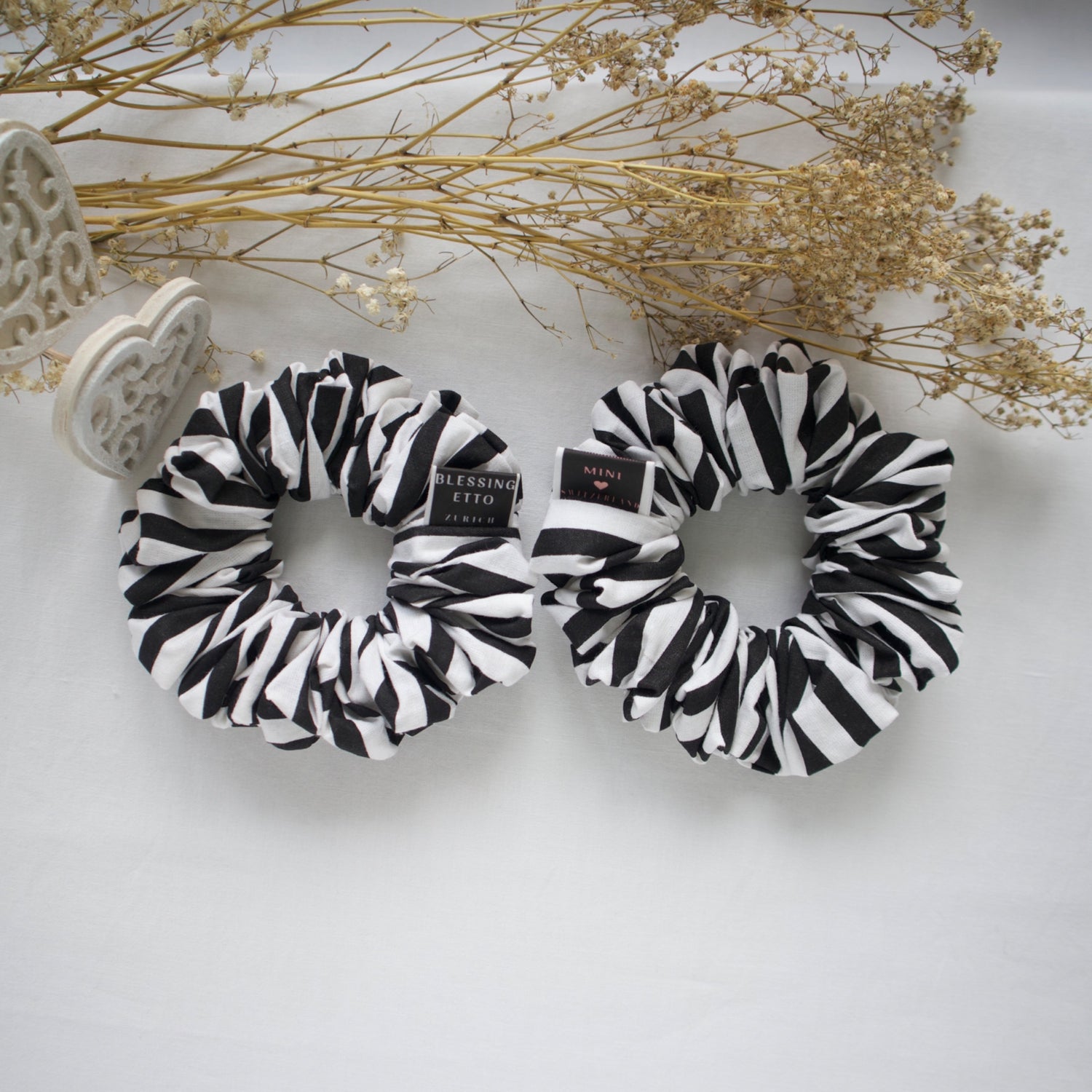
COTTON
Cotton is the most versatile, popular and commonly used type of fabric in the world. The word Cotton comes from the Arabic word “quton.” The cotton textile is chemically organic, which means that it does not contain any synthetic compounds. Cotton is a staple fiber meaning it is composed/formed from different lengths of fibers. Cotton is a soft, fluffy natural staple fiber that grows in a boll, or protective case, around the seeds of the cotton plants of the genus Gossypium in the mallow family Malvaceae. The fiber is most often spun into yarn or thread and used to make a soft, breathable and durable textile. The use of cotton for fabric is known to date to prehistoric times; fragments of cotton fabric dated to the fifth millennium BC have been found in the Indus Valley civilization, as well as fabric remnants dated back to 4200 BC in Peru.
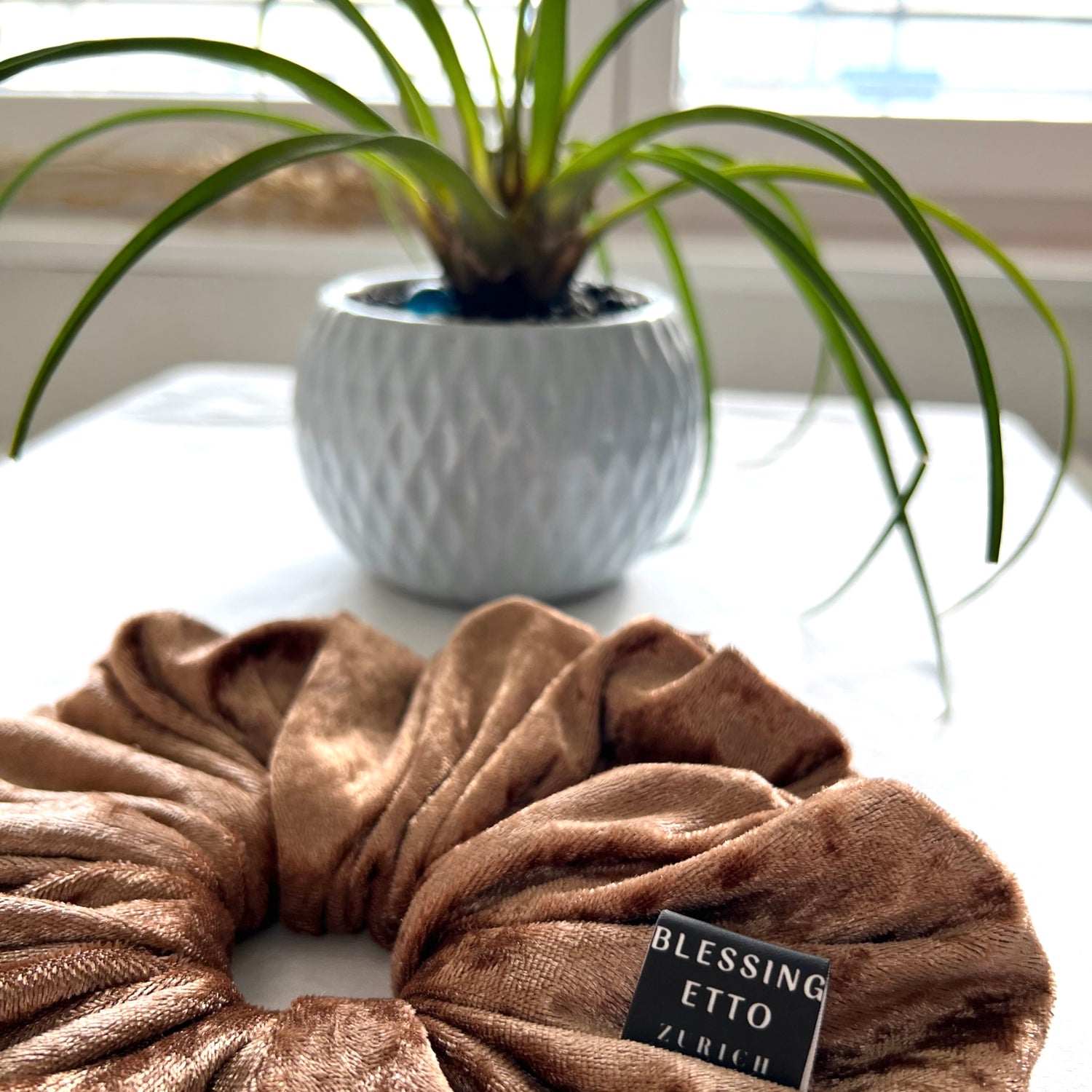
VELVET
When you think of velvet, an air of luxury come to mind. The term “velvety” means soft, taken from the name velvet. Velvet is a type of fabric known for its smooth, soft and shiny quality surface. It has been a fixture of fashion design and home décor for years, and its high-end feel and appearance makes it an ideal textile for elevated designs. Traditionally, the first and the most expensive velvet was made from silk thus it is rare. Velvet can also be made from several different kinds of fibers, like cotton, linen, mohair and wool. More recently, synthetic velvets have been developed, mostly from polyester, nylon, viscose, acetate, and from either mixtures of different synthetics or from combined synthetics and natural fibers. Velvet is woven on a special loom that weaves two thicknesses of the material at the same time. The two pieces are then cut apart to create the pile effect, and the two lengths of fabric are wound on separate take-up rolls. This complicated process meant that velvet was expensive to make before industrial power looms became available, and well-made velvet remains a fairly costly fabric. Velvet was first introduced in Baghdad around 750 A. D by Kashmiri merchants and to Al-Andalus by Ziryab. In the Mamluk era, Cairo was the world's largest producer of velvet and much of it was exported to Venice whence it spread to most of Europe. Note that there are different types of velvet and we are currently working with the Panne which is also a type of crushed velvet.
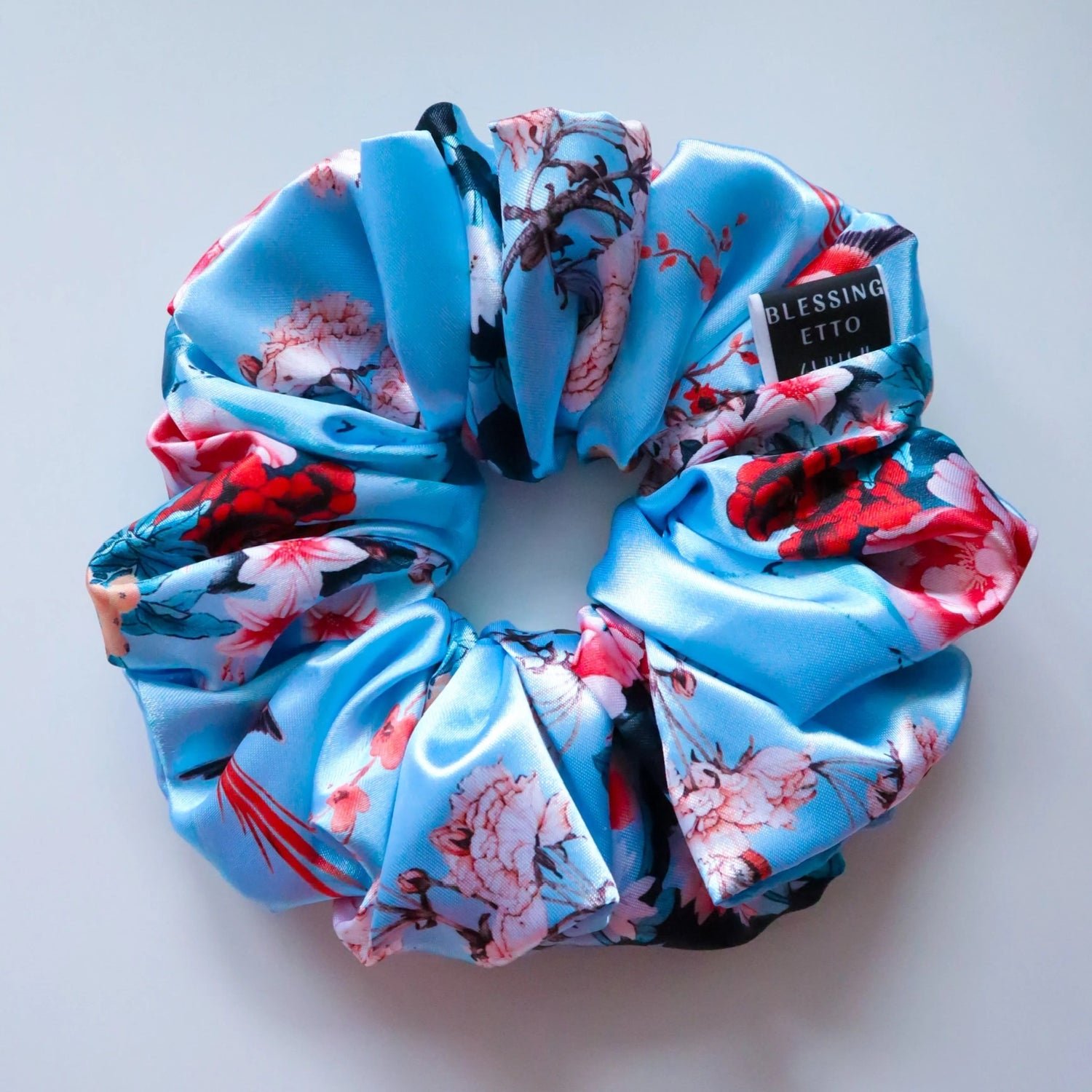
POLYESTER
Most fabrics fall into two categories namely: Natural fabrics (like linen and silk) and synthetic fabrics (like neoprene and spandex/lycra). Polyester has been a staple in the fashion world for a while now and it is one of the most widely known synthetic fabrics. Polyester is a category of polymers that contain the ester functional group in every repeat unit of their main chain. As a specific material, it most commonly refers to a type called polyethylene terephthalate (PET). Polyester fibers are sometimes spun together with natural fibers to produce a cloth with blended properties. In 1941 Polyester was developed by British chemist John Rex Whinfield and James Tennant Dickson. It became increasingly popular in the 1970s as an inexpensive material. Polyester and polyester blends are considered the most diverse and the most popular human-made fabrics in the world, and one of the most popular synthetic fabrics overall.
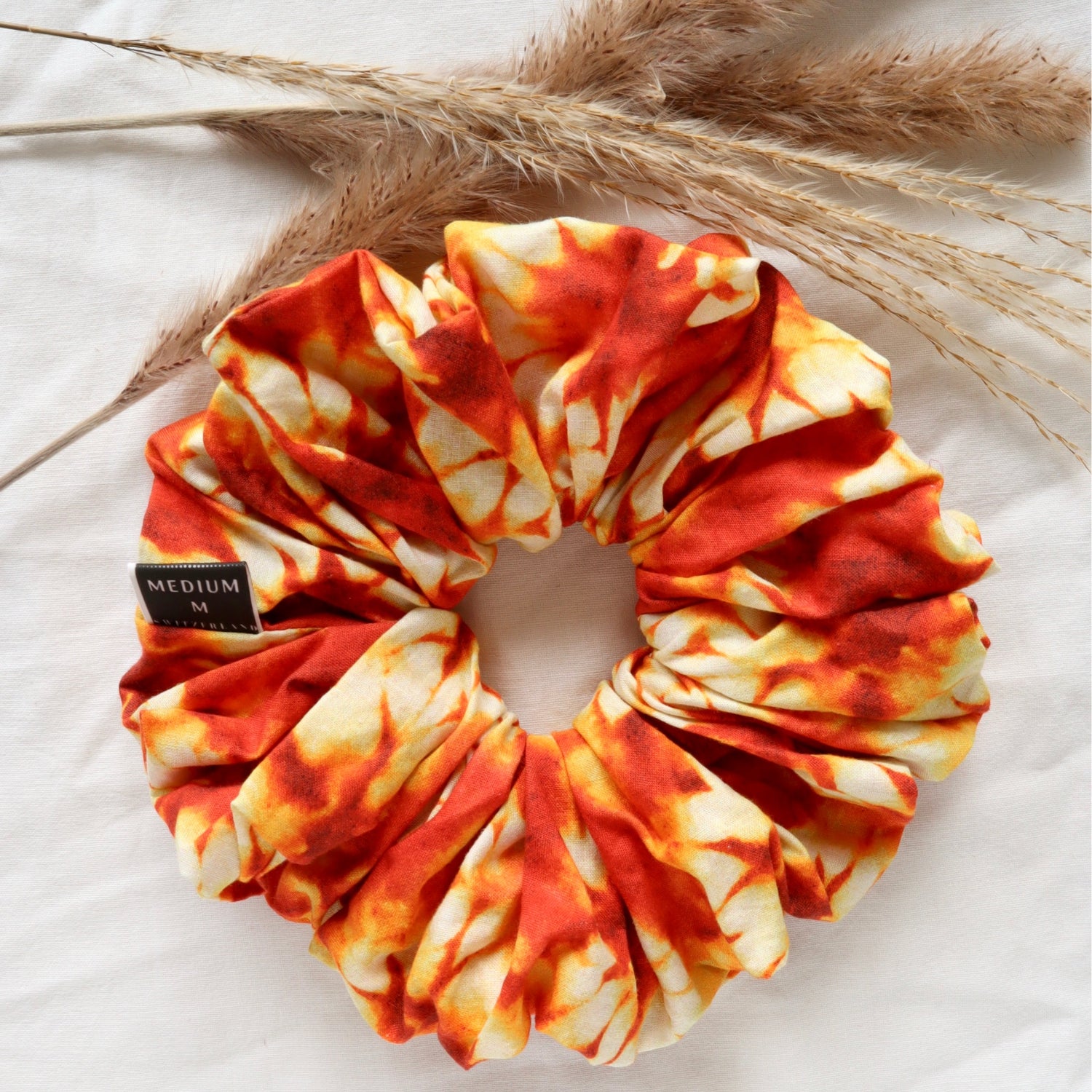
BATIK
Batik is a Javanese word and is derived from amba ('to write') and titik ('dot'). Batik is an ancient art form of Indonesia made with wax resistant dye on fabrics. It is a technique of wax- resist dyeing applied to the whole cloth. Wax designs are drawn on the fabric and then it is soaked in a particular colour with the wax resisting the dye. Boiling water is then applied to remove the wax and another design can be applied and then dyed if multiple colours are required.This technique originated from the island of Java, Indonesia.
